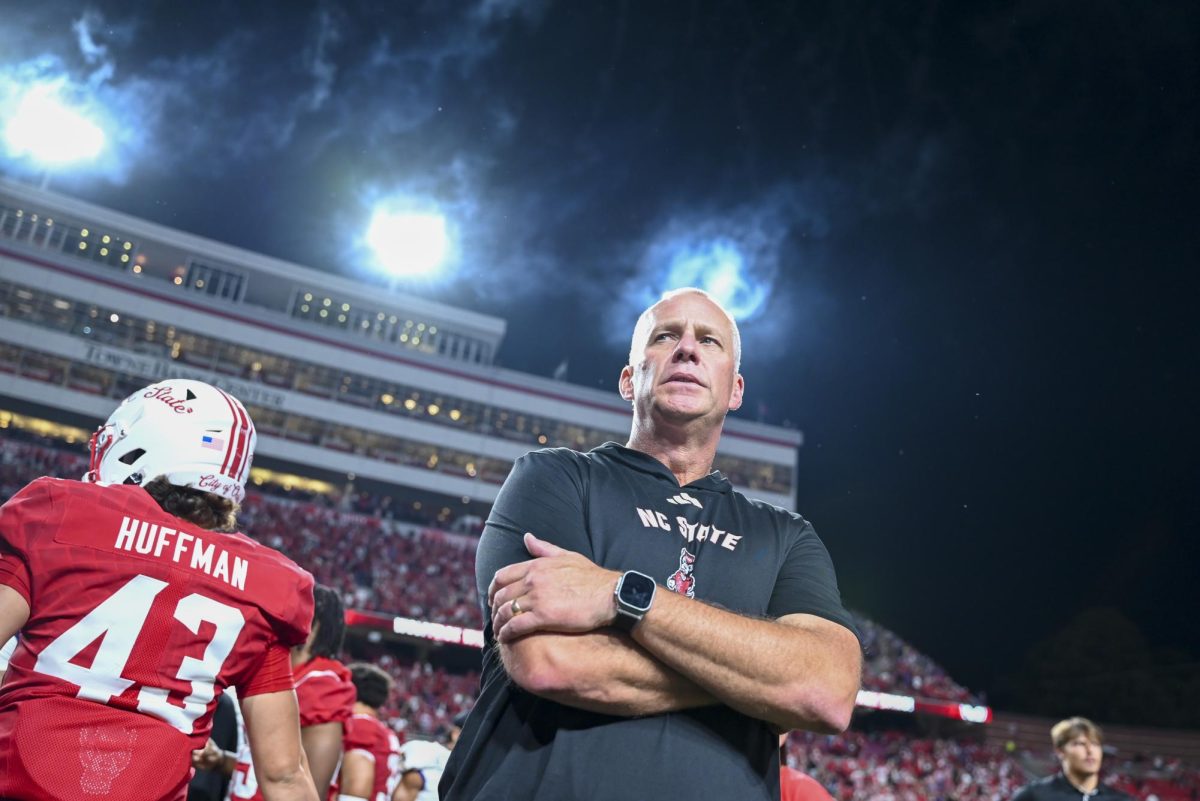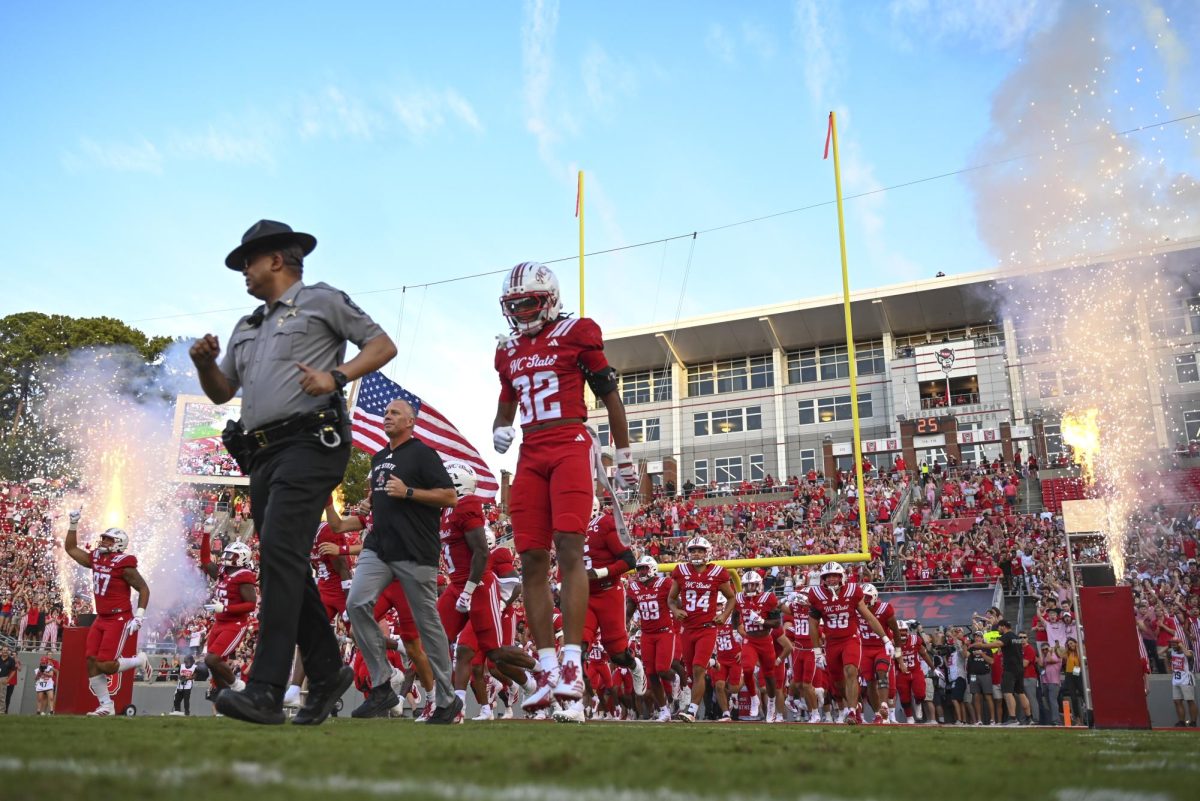Two out of every three women.
That’s the number the American Association of University Women says is now affected by sexual harassment on college campuses.
And according to their study, released last week, that number may be growing.
The N.C. State Women’s Center defines harassment as, “Unwelcome conduct, based upon an individual’s membership in a protected class that is either a condition of working or learning or creates a hostile environment.”
Foundation researchers Catherine Hill and Elena Silva found 62 percent of college students have been sexually harassed. Another 32 percent said they had been physically harassed.
Melissa Gonzalez, a senior in English, said she is aware of sexual harassment on college campuses because she is part of that 62 percent.
“It exists because of men’s lack of respect for women,” Gonzalez said.
The study defined common types of physical harassment as being touched, grabbed or pinched in a sexual way, or intentionally brushing up against someone in a sexual way.
Larry Gourdine, assistant director of health promotions, works to prevent sexual harassment by educating the campus’s male population. He also conducts sexual battery programs for both male and female students and staff members.
“Sexual harassment is a problem in general,” Larry Gourdine, assistant director of health promotions, said. “N.C. State is not any different than other colleges.”
Organizations on-campus are working together to prevent sexual harassment and assault. In 1990, Congress enacted a major federal law known as the Clery Act. This law requires schools to annually disclose information about crime, including specific sexual crime categories, in and around campus.
According to Campus Police, five cases of forcible rape were reported at the University in 2005, as well as three cases of indecent exposure. Other categories, like sodomy, Peeping Toms and non-forcible rape had no reported cases.
Campus Police has already published these statistics, although according to Sgt. Jon Barnwell, the Clery Act doesn’t require the organization to publish them until October 2006.
“We abide by the Clery Act because we have to and we think it’s important to educate the campus community,” Barnwell said. “Students that are safety-minded need these statistics when deciding what school to attend.”
According to the study, both men and women are sexually harassed, but less than 10 percent of all students report sexual harassment to a school employee.
“Students don’t want to put themselves in the spotlight to get harassed again,” Gourdine said.
Some students, like junior in public relations and psychology Jaime Henion, do not think sexual harassment is a problem.
“I’ve never encountered sexual assault and none of my friends have either, so I don’t see sexual harassment or assault as a problem on this campus,” Henion said.
Despite the sentiment, the study said more than one-third of students encounter sexual harassment in their first year of college.
The statistic rings true for freshman in communication Alex Nichols, who was harassed online earlier in the year.
“A random guy IMed me and started asking me all these questions. Then he threatened to kill himself, and then me,” Nichols said. “I reported it to Campus Police.”
Campus Police works closely with Student Health and the Women’s Center in proactive education. They offer training for staff and students in preventing sexual harassment. The Women’s Center also offers rape and sexual assault response training.
Campus Police urges victims of sexual assault to report the incident immediately. It offers investigators and counseling to victims.
The research proves that sexual assault and harassment are on the rise. The number of rapes on campus has doubled since 2003, Campus Police reported.
Some students, however, said they are not aware of these rising numbers.
“I do not think sexual assault is a problem at State,” Marty Miller, a senior in education, said. “I believe that females are more prone to sexual harassment, but you rarely hear about sexual harassment at all.”
In a representative survey of 2,036 undergraduates at U.S. colleges and universities, 41 percent said they had sexually harassed someone, the AAUW reported.
“There is an attitude that accepts [sexual harassment] because students don’t want to get other students in trouble,” Gourdine, said. “Our culture accepts it to some extent.”




